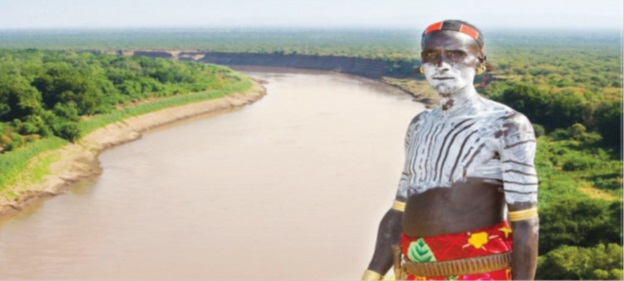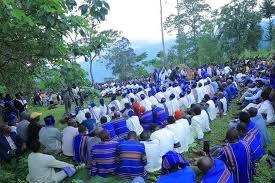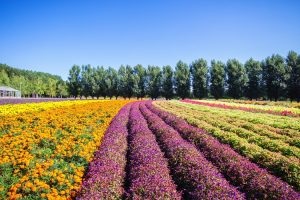
COMPILED BY STAFF REPORTER
Arba Minch, which is Amharic for Forty Springs, received its name after its innumerable little springs that bubble up right at the base of the ridge below the town. The City, bordered by verdant mountains, is home to two of Ethiopia’s largest Rift Valley lakes and Nechisar National Park.
The place, with its warm culture and connections with nature, is one of East Africa’s hidden gems. It is a highly resourceful area of the country, visitors will spot many mango, guava and pineapple trees as well as fish farms.
The Omo Valley in Southern Ethiopia contains some of the most colorful tribes and ethnic groups. The fascinating costumes, colorful ceremonies and celebrations, arts, crafts, music and dance of the Bena, Hamer, Mursi, and Karo, Gelebpeople / Dasench and much more are the other attractions of the place.
In the Omo Valley region, many of the tribal groups have changed little over hundreds of years and they offer the visitor extraordinary insight into a variety of traditional cultures.
Omo Valley is undoubtedly one of the most unique places on earth because of the wide variety of people and animals that inhabit it. It is located in Africa’s Great Rift Valley.
The State is known for its culture and diversity. The tribes that live in the lower Omo Valley are believed to be among the most fascinating on the continent of Africa and around the world.
It creates a fascinating feeling dancing with colorful tribes and taking a safari ride at Omo National Park and River, Ethiopia’s largest and most remote park and a World Heritage Site. Belts of lush forests across savannahs dotted with hot springs showcase the area’s landscapes, and the region’s sparse human settlements still practice ancient customs.
Located on the west bank of the Omo River, the park features abundant wildlife and native tribes such as the Dizi, Bodi, Me’en, Mursi, Nyangatom, Erbore, and Suri. Spanning 4,068 sq km (2,527 sq mi), this virtually unexplored park is also home to buffalo, cheetahs, elands, elephants, giraffes, leopards, lions, Burchell’s zebras, lesser kudu, Anubis baboons, and more than 300 species of birds.
Omo National Park has long been one of the most remote parks in Ethiopia. But getting to the park has just got a whole lot easier – with two new bridges over the Omo River, the park can now be reached from the rest of southern Ethiopia, making it more accessible than ever before.
The park consists of grasslands, hot springs and riverine forests which provide good wildlife habitat.
Omo’s wildlife portfolio is believed to be broadly similar to Mago National Park across the river, where you can find eland, buffalo, elephant, giraffe, Burchell’s Zebra, lesser kudu, topi, and oryx, as well as predators (cheetah, lion, leopard) and primates (including deBrazza’s and colobus monkeys).
Birding here is also excellent with 312 recorded species. Highlights include the blue-breasted kingfisher, red-naped bush shrike, bare-eyed thrush (burdened with the rather unfortunate scientific name Turdus tephronotus…), Boran cisticola, violet wood hoopoe and Donaldson Smith’s sparrow-weaver among others.
The highlight of Arba Minch, and the main tourist attraction, is Nechisar National Park, the headquarters of which are under a mile from the center of the city.
Nechisar Park boasts 2 of the largest lakes in Ethiopia: Lake Chamo and Lake Abaya plus the well-known 40 springs.
Nechisar hosts 84 species of mammals and 342 types of birds. Some of the most noteworthy resident animals include Burchell’s zebra, Anubis baboon, side-striped jackal, and African hunting dog.
The park is a combination of grassland, groundwater forest, wet land and bush land.
The Ethiopiam Herald March 17/2021





